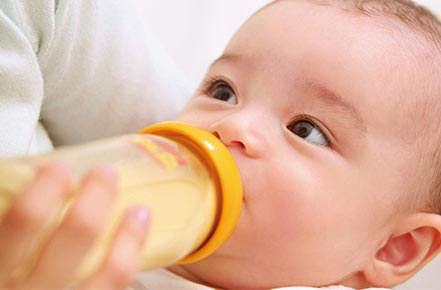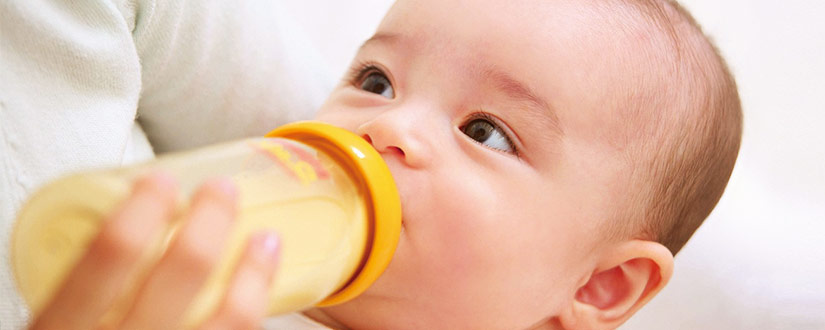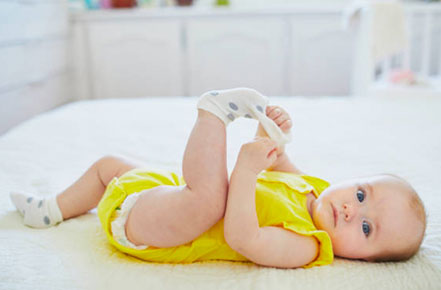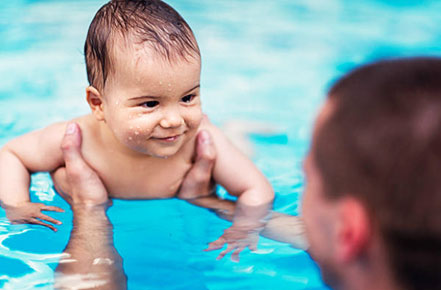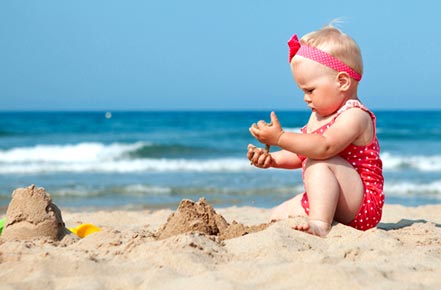I know most mothers would love to breastfeed their babies for as long as they want to except if there are any medical issues. If only getting back to work and other professional commitments could be given a go-by. The truth, however, is that most mums must get back to work as soon as possible so that they can honor professional commitments. In this kind of a scenario, it becomes the sine qua non that a little one is introduced to feeding from the best baby bottle. Read on, and you’ll find the ways of transition from breastfeeding to feeding externally effortlessly.
How To Get A Breastfeeding Baby To Take A Bottle:
Weaning a breastfeeding child and getting him or her to latch on bottles can be a daunting task. It happens because such a transition can be more stressful for a mother than it is for her infant. Both infant and mother go through emotional stress, which is inexpressible. But unless you try, you will never know if your baby is up for it or not.
If your first attempt is not successful, change your strategy:
No one said that bringing up a child was easy!
But that shouldn’t scare wits out of you, really! With time you are probably going to learn a lot of things that you have never thought were important before. Here are a few tricks to make breastfed baby’s transition to the best baby bottles as smooth as possible and hassle-free:
- Someone other than the mother should introduce a bottle: the first thing that we need to remember here is that a breastfed baby will associate milk only with his or her mother. Most infants will likely reject the best baby bottles when she offers it. A bottle can be introduced through a kid’s father, or a trusted and trained caretaker.
- Always prefer to feed expressed breast milk for the first few times: introducing formula milk along with a baby feeding bottle is not a perfect approach to take. That will mean introducing two foreign things together. It is best to take one step at a time.
The most successful approach is getting the baby on bottles by feeding expressed breastmilk in breastfeeding bottles. The formula can be introduced gradually once the baby gets used to bottles.
- Obviously, it is easier said than done!
A lot of mothers have tried and failed in the first few attempts. But let that not discourage you! There is always a next time.
Do not tax yourself physically and emotionally if he or she is reluctant to take the bottle quickly; leave it to try for the next time. Excessive fretting over it and crying can make this transition to baby bottles only more difficult for both mother and child.
When your baby finally gets accustomed to bottles, you will be left wondering what was so daunting after all!
- Use different positions to your advantage: Try and experiment with different positions while trying to feed your baby with a bottle. The little one mostly wants to be held in the breastfeeding position, even if he/she being bottle-fed. You would have known what position works best for you and your baby!
- Don’t be afraid to experiment with nipples: No matter what the product punchline says, there is never a good substitute for the breast’s nipple. Being patient is one thing and trying to figure out what nipple best works for you is something that one must not shy away from.
- Warm milk and a nipple: breast milk is always slightly warm. It’s a good idea to warm a teat and milk to the temperature that is close to the mother’s breast milk.
A word of caution is necessary here: Never warm liquids in the microwave because it can create hotspots that cause scalding in baby’s mouth.
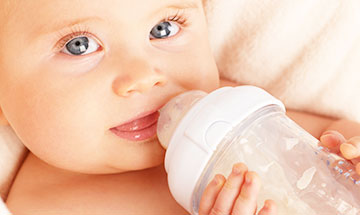
Which Bottle Is Best For Breastfed Babies?
You should know some features of the best baby bottles for newborns and older kids so that you can buy a perfect product. Keep reading!
The teat must be able to maintain a slow but steady flow of milk so that the baby does not choke; it also prevents overfeeding. The nipple must have a deep shape so that it helps in maintaining tongue rhythm. Its texture has to be soft just like mother’s breasts. The nipple base must be wide and mimic a breast.
Material
A lot of mothers have asked on previous blogs what the best bottles for breastfed babies are. That is precisely what we have attempted here.
There are bottles in every shape and size. There are bottles in plastic and glass and now favorite silicone too. Read on to find out which one is the right one for you and your baby.

Glass:
Our vote is a resounding YES!
Glass baby bottles may require you to handle them with more care, but at the end of the day, the benefits are much greater. For one, they are easy to clean. You may want to read here a brilliant article on the best glass baby bottles available today. A baby bottle sanitizers may come in handy when you are using them.

Silicone:
Silicone is becoming the toast of modern-day inventions. So how can a baby bottle be far behind?
If you are one of those that are wondering how mums around the world get nursing babies to take bottles, the answer is a silicone baby bottle.
Such bottles mimic women’s breasts in the best way.

Plastic:
Plastic is a big hit with mums around the world for their durability and ease of use. However, what you must make sure is that the one that you use for your newborns are those that are one hundred percent BPA-free.
Bisphenol A or BPA is a chemical that is used to harden plastic, stove off bacteria and cure it of rust but recent studies as early as in 2009 show that BPA that leaches into food that is stored in such containers is harmful to humans. This study reveals that more BPA is released when such plastic is heated or warm food is stored in them.

Bottles For Gas And Colic:
If your baby is colic and regularly experiences discomfort including gas and spit up, you might want to try specialized best baby bottles for gas and colic. They come with a vent at the bottom that works to keep air from entering into their stomachs along with food.
It effectively staves of gas. Bottles are ergonomically shaped and are easier to clean than what will meet your eyes.
A lot of mothers who have dreaded cleaning say that little extra efforts are all worth it when we are talking about comfort. What more can one ask for really!

How Many Baby Bottles Do I Need?
On average, three bottles are what you may need in a day, assuming that you have to feed your baby every two or three hours. The size of bottles will depend on the diet of your baby.
If you are wondering how many ounces should a newborn drink, we recommend that you first check with your health worker. A newborn feed two ounces each time and can gradually go up to four ounces by four weeks. The standard scale is an increase of ounce with each progressing month.
Can you overfeed a newborn?
A lot of new parents in their zeal can end up overfeeding. Make a test: leave one-quarter of food to see if your baby is full. If he/she cries when the bottle is removed, it indicates the kid is still hungry. Let him/her finish the remaining food making sure that you pull it out in time so that vacuum does not enter his/her little tummy. And don’t forget to give a burp!
What To Do If Baby Is Still Refusing The Bottle or How To Get A Breastfeeding Baby To Take A Bottle:

Try again!
It may sound mundane, almost ridiculously redundant but you should keep trying. In no case should you become angry or remove your frustrations on anyone. Remember that a healthy baby will never starve itself.
We would love to hear from you!
Tell us about your experience! How has your baby got used to bottles? Was it stressful?
Do let us know in the comments below if any tricks above worked for you or if you tried something different and won the battle!
Contents
- 1 How To Get A Breastfeeding Baby To Take A Bottle:
- 2 If your first attempt is not successful, change your strategy:
- 3 Which Bottle Is Best For Breastfed Babies?
- 4 How Many Baby Bottles Do I Need?
- 5 Can you overfeed a newborn?
- 6 What To Do If Baby Is Still Refusing The Bottle or How To Get A Breastfeeding Baby To Take A Bottle:

